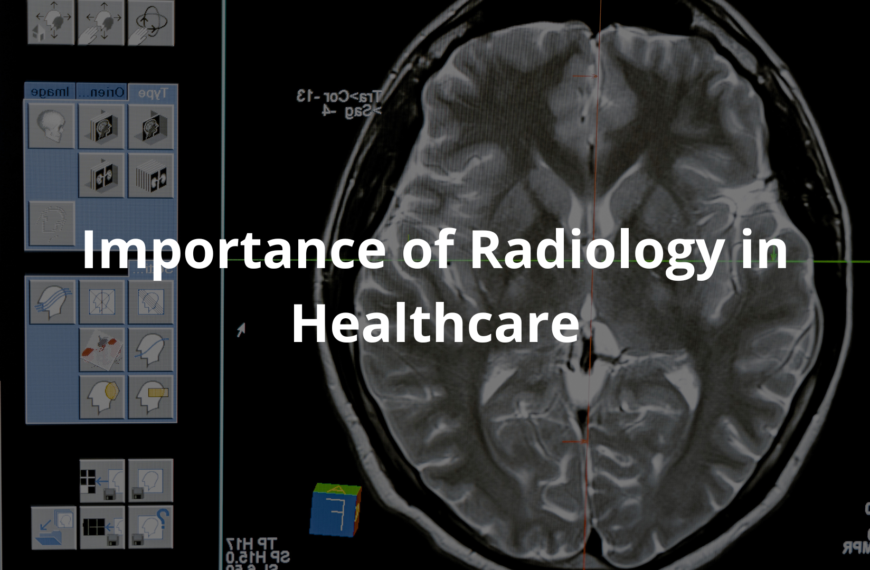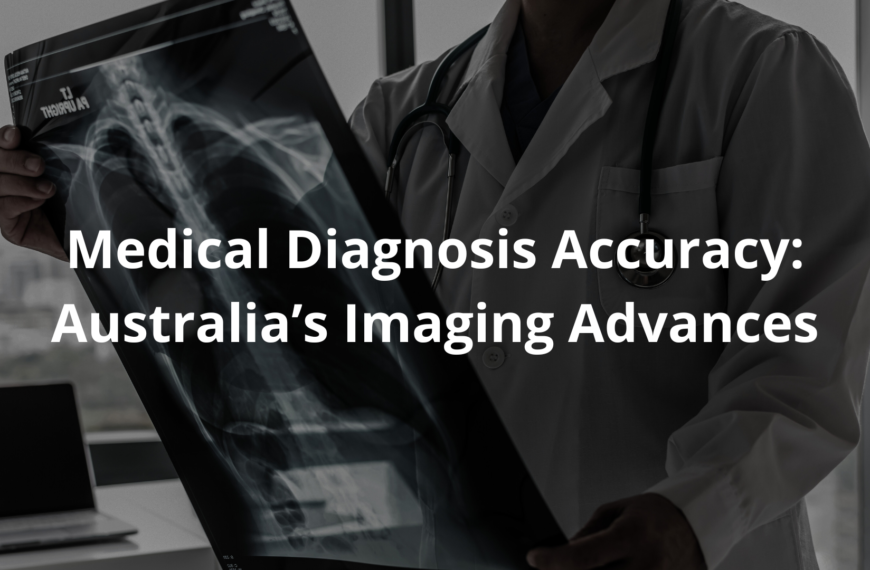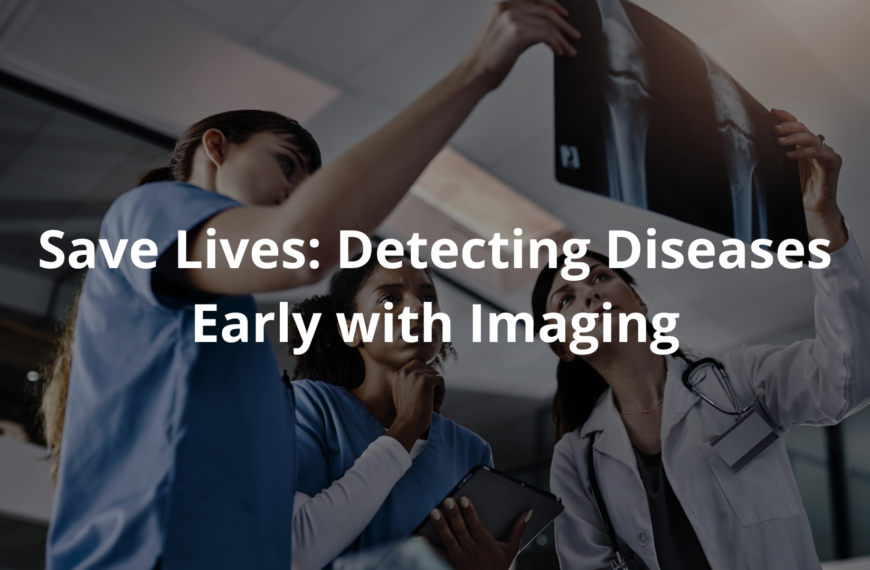Explore how radiology in surgery is shaping the future of healthcare with enhanced precision and better outcomes.
Radiology in surgery works like a reliable torch lighting up a pitch-black room. It lets surgeons see the hidden parts of the human body, giving them the precision they need to perform complex procedures. Whether it’s a CT scan mapping out the tiniest details or live imaging guiding every move, these tools make surgeries safer, quicker, and often less invasive.
It’s not just about machines; it’s about helping people heal better and faster. Curious about how this technology works hand in hand with surgeons to save lives? Keep reading to uncover the fascinating ways radiology transforms modern surgery!
Key Takeaway
- Radiology helps doctors see inside the body during surgery.
- It improves patient care by using advanced imaging techniques.
- The future of surgical procedures will rely more on radiology tools.
Understanding Radiology in Surgery
Radiology is like a guiding light for surgeons. It helps them see what’s hidden inside the body, so they can plan surgeries better and safer. Without it, doctors would be working blind, which sounds pretty scary.
CT Scans (Computed Tomography)
CT scans are like slicing a loaf of bread and looking at each piece one by one. They give doctors detailed, cross-sectional images of the body. These images show organs, tissues, and structures clearly, making it easier to spot problems like tumours or injuries.
MRIs (Magnetic Resonance Imaging)
MRIs use magnets and radio waves to create pictures of soft tissues—things like muscles, nerves, or even the brain. They’re especially useful for finding fractures, blockages, or tumours. It’s like having a superpower to see inside the body without cutting it open.
These imaging tools help doctors figure out what’s wrong before surgery even starts. They make surgeries more accurate, reduce risks, and help patients recover faster. It’s not just about fixing problems; it’s about doing it in the safest way possible.
Interventional Radiology: A Big Step Forward
Interventional Radiology (IR) is changing the way doctors treat patients. It’s a method where imaging guides the doctor during procedures, so there’s no need for big cuts. Think of it as using a GPS to find the fastest and safest route. [1]
For example, when placing a stent or stopping bleeding in an artery, doctors use real-time imaging to guide their tools. This makes the procedure quicker and less painful for patients.
Common Procedures in Interventional Radiology
Here are some things interventional radiologists do:
- Angiography: A special dye is injected to make blood vessels visible on the screen. This helps find blockages or other issues.
- Embolisation: This stops blood flow to certain areas, like tumours or bleeding spots. If someone’s liver tumour is bleeding, embolisation can stop it.
- Ablation: This destroys tumours using heat or cold, while keeping healthy tissue safe.
- Biopsy: A small sample of tissue is taken to check for diseases. Imaging helps the doctor target the exact spot.
These procedures are less invasive, which means less pain and shorter hospital stays. Patients often feel better sooner, which is a win for everyone.
Training to Become an Interventional Radiologist
Becoming an interventional radiologist in Australia is no easy task. First, you’ve got to finish medical school. Then comes a five-year Clinical Radiology training program. This is where doctors learn to use imaging tools and perform procedures safely.
The Royal Australian and New Zealand College of Radiologists (RANZCR) oversees this training. They make sure doctors stay updated on the latest technology and techniques. The first few years focus on learning all types of medical imaging. Later, doctors specialise in interventional radiology, mastering skills like using X-rays or understanding the risks of radiation.
It’s a long road, but it’s worth it for those who want to make a real difference in patient care.
RANZCR: Supporting Radiologists
RANZCR plays a big role in keeping radiology standards high in Australia. They provide resources and training for radiologists, making sure they’re always learning. This is important because imaging technology changes all the time.
They also advocate for policies that ensure everyone has access to quality imaging services. Whether it’s a rural hospital or a big city clinic, RANZCR wants patients to get the best care possible.
Advantages of Radiology in Surgery
Radiology has changed surgery in so many ways. Here’s why it’s so helpful:
- Minimally Invasive: Smaller cuts mean less pain and faster healing.
- Less Risk: Fewer complications compared to traditional surgeries.
- Precision: Doctors can target problem areas without harming healthy tissue. [2]
These benefits make radiology a must-have in modern surgeries. And with new technology like 3D imaging, doctors can see even more detail than ever before.
Future Trends in Surgical Imaging

The future of radiology is exciting. Imagine doctors wearing special glasses that show a 3D map of the body while they operate. Augmented reality could make surgeries even safer and more precise.
Artificial intelligence is also starting to help. AI can analyse scans faster, giving doctors results in minutes instead of hours. This means quicker diagnoses and treatments for patients.
As Australia’s population grows, the demand for imaging services will only increase. Radiologists will need to keep adapting, finding new ways to help patients.
FAQ
How do imaging techniques and CT scans help with operative planning in general surgery?
Doctors use various imaging techniques like CT scans to map out surgeries before they begin. This helps them see exactly where to make incisions and what to expect during the procedure. The detailed 3D pictures show them the size and location of problems, making surgery safer and more precise.
What role does real time imaging play in minimally invasive and vascular surgery?
During minimally invasive procedures, surgeons rely on real time imaging to see inside the body through tiny cuts. This is especially helpful in vascular surgery, where they need to watch blood flow and guide tiny tools through blood vessels. It’s like having a GPS system for the body.
How does interventional radiology improve patient care in surgical procedures?
Interventional radiologists use imaging to perform procedures like stent placement and artery embolization with just small needle holes. This means faster healing and less pain compared to traditional surgery. They work closely with surgical patients to provide treatments that are gentler on the body.
What imaging modalities help ensure patient safety during radiation therapy?
Different imaging modalities, from magnetic resonance imaging to computed tomography, help doctors deliver radiation therapy precisely where it’s needed. This protects healthy tissue while targeting problem areas. They also use contrast enhanced scans to see exactly where to aim the treatment.
What are the future trends in surgical radiology and augmented reality?
The future of surgical radiology looks exciting with augmented reality allowing surgeons to see 3D imaging overlays during operations. This technology, combined with advances in medical imaging and diagnostic radiology, is making surgery more precise than ever. The clinical radiology field keeps finding new ways to help surgeons see better and work smarter.
How do diagnostic and therapeutic imaging methods help with bowel obstruction?
When someone has a bowel obstruction, doctors use a wide range of imaging methods to find the exact location and cause of the blockage. These pictures help them decide whether to treat it with medicine or surgery. Nuclear medicine scans can also show how well the bowels are working.
What’s the role of ionising radiation in surgical radiology techniques?
Surgical radiology techniques often use ionising radiation, like ray imaging, to see inside the body. While these tools are super helpful for image guided procedures, doctors are careful to use the lowest amount needed. They follow strict rules from organisations like the College of Radiologists to keep everyone safe.
Final Thoughts
If you’re curious about radiology or thinking about a career in it, know that it’s a field that’s always growing and changing. Whether it’s using a CT scan to plan a surgery or guiding a stent with real-time imaging, radiology is all about improving lives.
For anyone needing surgery, ask your doctor about the imaging tools they’ll use. Understanding how radiology works can make you feel more confident about your care. And if you’re a student thinking about medicine, maybe this is your sign to explore radiology—it’s a fascinating mix of technology and healing.
References
- https://irsa.com.au/
- https://www.scgh.health.wa.gov.au/Our-Services/Service-directory/Radiology




